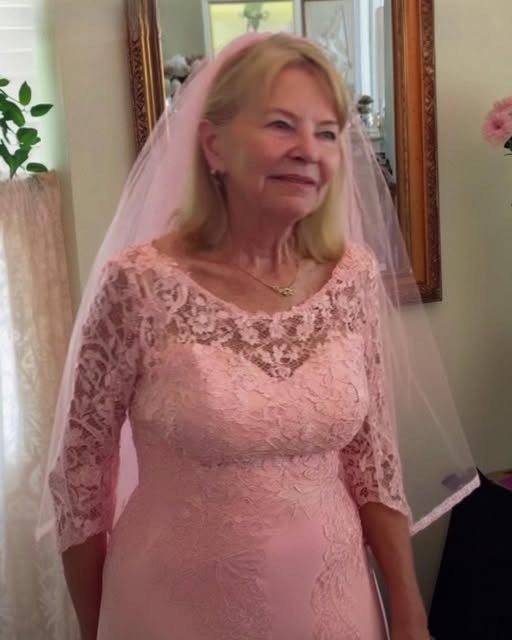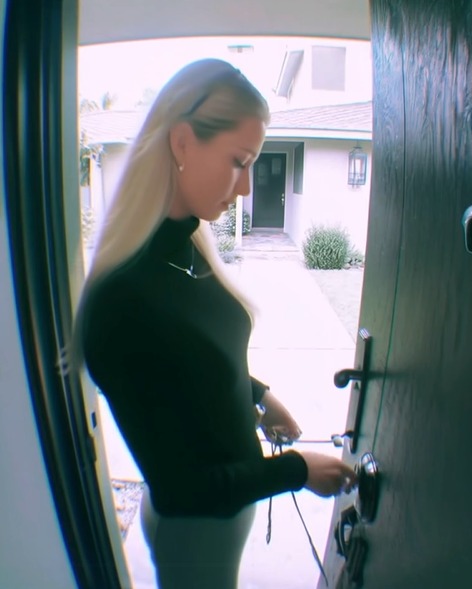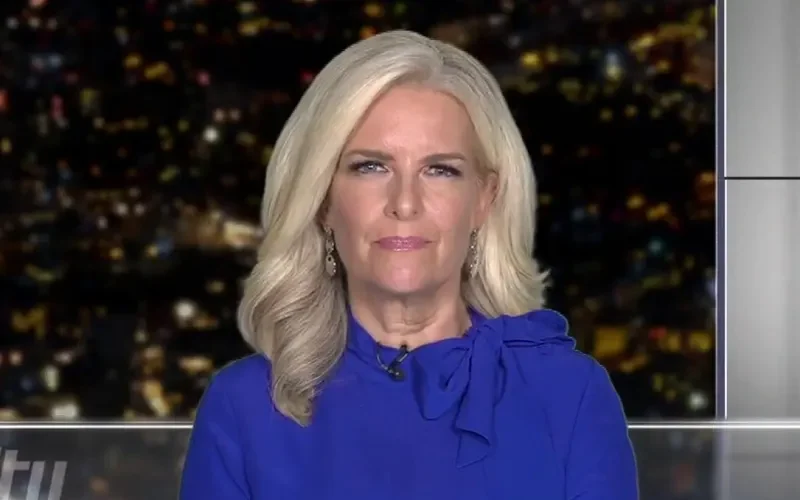For forty years I dressed to disappear—beige slacks, oatmeal blouses, shoes the color of waiting-room carpet. I was the woman people forgot while she was still in the room, and that suited me fine; it felt safer than being seen. Then Richard caught my runaway watermelon in the grocery parking lot and told me the color rose looked good on my cheeks. No one had said “good on you” to me since the Carter administration. When he asked me to marry him beside the bruised-peach display, I answered with a mouth full of yes before my insecurities could vote.
I chose pink for the wedding dress—blush satin that caught early-morning light like a secret, overlaid with lace I hand-stitched one trembling night at a time. It was the exact shade of the watermelon meat Richard and I shared on his porch while fireflies spelled our names in cursive. I hadn’t sewn anything for myself since Josh’s third-grade Halloween costume; everything in between had been alterations for customers or quick fixes on my own hem of invisibility. This dress felt like armor made of sunrise.
Josh and Emily came over for Sunday dinner the week I finished the final seam. I twirled into the living room, heart hammering louder than the sewing machine. Emily’s laugh cracked first—sharp, incredulous. “Pink? At your age? You look like a kid playing dress-up.” Josh shifted his feet, eyes telegraphing an apology he couldn’t voice. I felt the old reflex to shrink, to murmur something self-deprecating and retreat into beige. Instead I lifted my chin and said, “Exactly—dress-up is for grown-ups too.” Richard squeezed my hand so hard I heard bones applaud.
The comment followed me like static electricity. Each fitting in front of the bedroom mirror became a duel: the dress whispered freedom; Emily’s laughter hissed doubt. I almost dyed it champagne the night before the wedding, standing over the bathtub with fabric dye in one trembling hand and Richard’s steady voice in the other: “The only person who needs to like that dress is the woman inside it.” I put the dye back in the drawer and hung the dress where morning light could find it.
Wedding day arrived wrapped in October gold. I stepped into the church an hour early, bouquet shaking like a tambourine. Guests turned, smiles widening—until Emily’s voice sliced across the nave. “Well, if it isn’t Pepto-Bismol Barbie.” A few nervous chuckles fluttered, then died in the incense-laden air. My cheeks flamed; the old invisibility cloak tried to settle on my shoulders. I opened my mouth, but Josh beat me to it.
He raised his champagne glass, the crystal catching stained-glass sun. “That dress isn’t just fabric. My mom worked two jobs, skipped meals, and never bought herself a thing so I could have cleats, science-fair boards, and birthday cakes shaped like dinosaurs. Every stitch of that pink is her story—freedom, joy, and the right to wear her heart on her sleeve for once.” His voice cracked; the room cracked open with applause that echoed off vaulted stone. Emily’s smirk wilted. She muttered, “I was just joking,” but the joke lay flat on the marble floor, gasping for relevance.
The ceremony proceeded like a parade in my honor. Richard cried when he saw me, whispering, “You look like sunrise decided to walk.” We said vows, exchanged rings, and danced until my satin hem frayed into pink confetti. Guests asked to touch the lace, not for fashion tips but for blessing—grandmothers who had also buried dreams in beige, teenage girls already planning prom dresses in colors that scared them. I felt their fingers like small affirmations: you did this for all of us.
Next morning Emily texted: You embarrassed me in front of everyone. I sipped coffee from a mug Richard bought me—bright fuchsia, of course—and typed back: Embarrassment fades; regret for staying small lasts forever. Then I deleted it and simply wrote: Pink looks good on me. Hit send, blocked her number, and went outside to water the roses wearing yesterday’s joy like a second skin.
Sometimes courage is a whisper in pastel thread, a refusal to apologize for taking up space. The dress now hangs in our bedroom window, sunlight turning it into a stained-glass reminder: disappearing is a choice, and so is showing up in full color.


